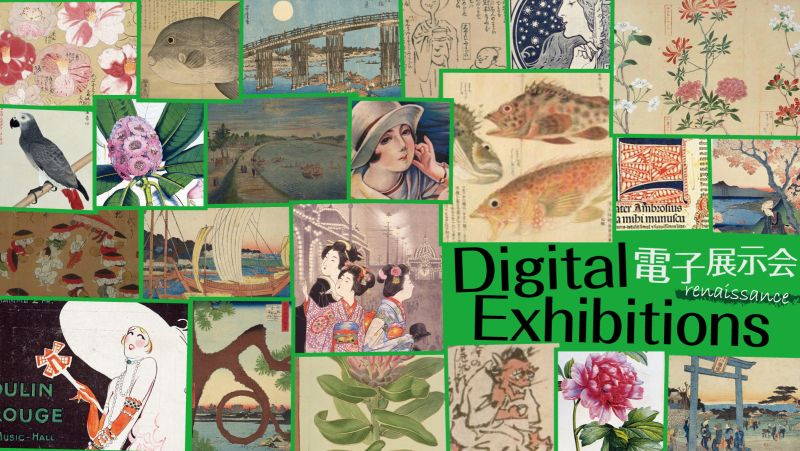
Kaian-ji Temple
Founded by Houjo Tokiyori in 1251. Thereafter, Rankei Doryu became the founder, and it was restored in 1596 by Tenso Keison. The sect was originally the Rinzai-shu Sect, however upon the restoration, it was converted to the Soto-shu Sect. The principal object of worship is a Kannon idol recovered from the stomach of a great shark caught in the sea before the temple in 1251. The sango was made "Fudarakusan" in connection with the name of the mountain in which the Kannon goddess of mercy lived, Fudaraku (Sanskrit: Potala-ka). The temple name means "a peaceful and tranquil world". It was a meisho (famous place) for cherry blossoms, however the beauty of the autumnal leaves of the maples planted in the area behind the temple was so famous that the short song "Kaian-ji Temple" said that its beauty was unmatched even by that of Tatsutahime, the goddess that ruled over the autumn, or Takao, the highest ranked courtesan of Shinyoshiwara. The temple holds the graves of several famous historical figures including Iwakura Tomomi(→http://www.ndl.go.jp/portrait/e/datas/23.html) and Matsudaira Shungaku.
Nishiki-e and Paintings
江戸名勝図会 海晏寺
海案寺紅葉
江戸自慢三十六興 海案寺紅葉
Other Materials
Landmarks around Kaian-ji Temple
Samezu kaigan Coast Shinagawa-shuku Station Gotenyama Shinagawa Takanawa Ushimachi Suzaki Yatsuyama Sengaku-ji Temple Takanawa Taiko-bashi Bridge / Gyonin-zaka Hill
